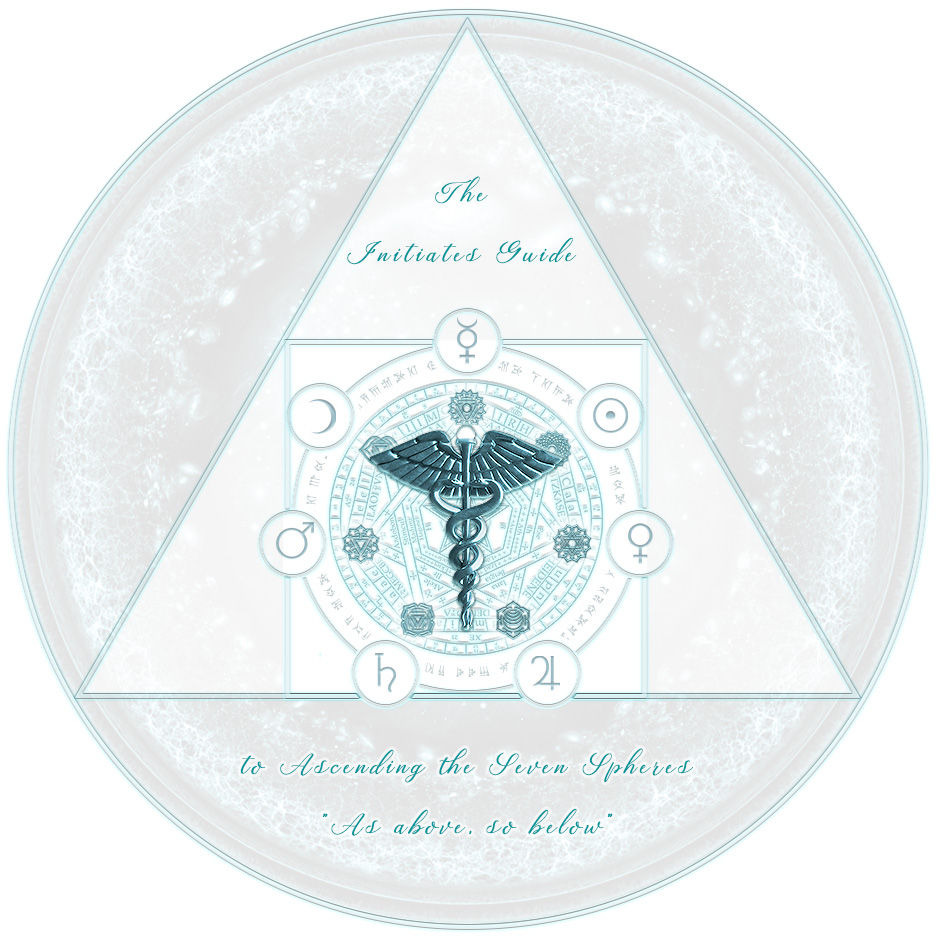The way of Ascent, The way of Descent
- VFS

- May 17
- 2 min read

“The way of Ascent is the way of Descent”
Meaning: To ascend spiritually, one must first descend—into oneself, into suffering, into the shadow. The path upward begins by going downward.
Esoteric Root: This mirrors Hermetic and alchemical principles: solve et coagula—break down (descend) in order to rebuild (ascend).
In Dante’s Inferno:
Dante descends through Hell to reach Purgatory and ultimately Paradise.
At the very bottom of Hell, when Dante passes Satan, he inverts direction—climbing down becomes climbing up.
Canto XXXIV, Inferno:
"to where the path leads up, and to the light."
Symbolism: One must confront sin, ego, and darkness (descend) before rising toward redemption and divine truth (ascend).
In Gnosticism:
The soul descends into the material world, becoming trapped in matter, ignorance, and illusion.
Ascent occurs when the soul awakens, remembers its divine origin, and returns upward through planetary spheres or archons, shedding layers of illusion.
This is an initiatory reversal: only by knowing the depth of illusion can one fully realize the truth.
Often depicted in texts like the Apocryphon of John or the Pistis Sophia.
Hermeticism & Alchemy:
Reflects the Law of Correspondence and the Emerald Tablet: “That which is below is like that which is above...”
The alchemical process of death and rebirth requires calcination (burning away impurities) before enlightenment (gold or spirit) is attained.

The universal principle of reflection
This Hermetic maxim means that what happens in higher realms (spiritual, celestial, mental) is reflected in lower realms (material, earthly, physical)—and vice versa. It expresses the idea of correspondence between different levels of reality. It's foundational in Hermeticism, alchemy, astrology, and other esoteric systems.
In plain terms:
The microcosm reflects the macrocosm. The universe and the individual are mirrors of each other.
Etymology and Origin:
The phrase originates from the Emerald Tablet of Hermes Trismegistus, a foundational Hermetic text likely written between the 6th and 8th centuries CE, although it draws from earlier Greco-Egyptian and Babylonian thought.
Original Phrase in Latin:
"Quod est superius est sicut quod est inferius, et quod est inferius est sicut quod est superius."
Translation:
"That which is above is like to that which is below, and that which is
below is like to that which is above..."
This sentence introduces the idea that the universe is unified by a pattern order or that connects all levels of reality—from the divine to the mundane. It's the basis for sympathetic magic, alchemy (e.g., transformation of base metals as metaphor for spiritual ascent), and the belief that studying the heavens (astrology) reveals truths about earthly events
Summary:
Meaning: Unity and reflection between all layers of reality.
Describes universal laws, spiritual/magical correspondences, and metaphysical harmony.
Origin: Emerald Tablet attributed to Hermes Trismegistus.
Philosophical Function: Core axiom of Hermetic thought and esoteric traditions.










Comments